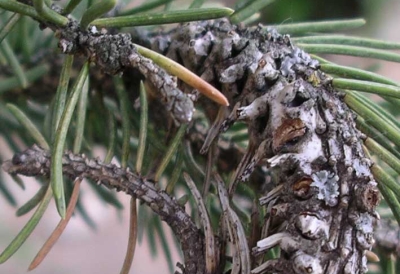Cooley Spruce Galls Control
This species is actually a small black soft-bodied insect, which turns brown in the late summer season. The species lives through a complicated life cycle that has to complete all of its five forms on 
The Cooley spruce galls are a considerable concern to the homeowners. On the other hand, the spruce gall develops within the chambers, and during that time, the insects increase in size within the chamber. It is seen that the trees that have a much greener coloration tend to be more infested than the trees of other colors. This factor represents that resistance to galling is a common representative amongst the spruce trees.
Cooley Spruce Galls Management Methods:
According to the experts, it is said that there is little, or at times, no need for controls to protect the health of the plant or the trees. The main reason that the people intend to control the Cooley spruce galls is because many people find them unattractive. Other than that, the pesticides that are used to manage these insects are basically harmful to the plant as well. However, in order to manage the infestations on a few of the smaller trees, you can remove the green colored galls on the spruce during the months of June and July, as the adult adelgids emerge after these months.
Another way to manage the Cooley spruce galls is to use insecticides by choosing the insecticide on the basis of its labels. You can use the registered insecticides from mid-September till the early-October in order to manage the immature female insects. Read the directions properly before applying the insecticide on the plant, as they are poisonous. Another way to apply the insecticide is to spray it the early spring season to prevent the female from laying eggs and maturing. On the other hand, if you want to manage the Cooley spruce galls on a Douglas-fir, then spray the insecticide in April or during the mid-September till the early days of October.
This would prevent the immature female to mature. It is vital for you to control the Cooley spruce galls before galls begin to form, which is why the treatments should be done during the fall seasons, or after the overwintering females have settled on the host plant. In addition to that, the applications or treatments done in the spring season are the most effective ones, as the insects do not swell with the eggs till the late of April. You should remember that the by removing the old galls, you cannot halt the infestations as the insects leave the tree by the time the gall turns brown.
The best way to prevent Cooley spruce galls is to plant Douglas-fir and spruce away from each other

